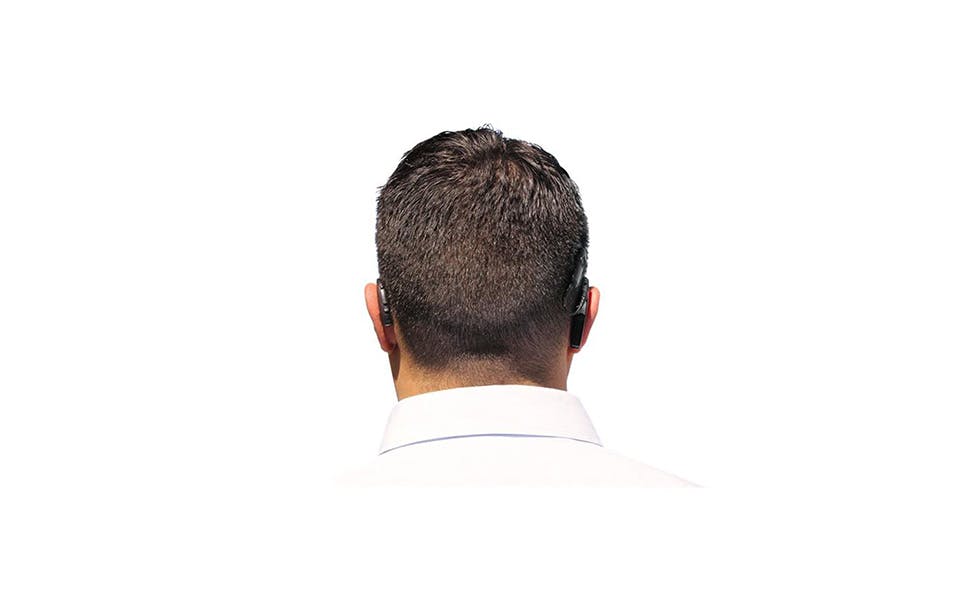If you still struggle to hear even while wearing hearing aids, you may need more advanced technology. Bimodal hearing aids provide a better sound experience and boost clarity.
What Are Bimodal Hearing Aids?
They’re a combination of a cochlear implant (CI) or bone-anchored hearing aid (BAHA) in one ear and a hearing aid in the opposite ear. A hearing aid houses a mic and processor to amplify sounds for your inner ear. A CI is surgically implanted under the skin behind your ear to bypass your inner ear if it’s too damaged to process auditory stimuli. The external component has a mic, processor and transmitter. The internal receiver sends electrical signals to your auditory nerve.
Do I Need Bimodal Hearing Aids?
Cochlear implants and hearing aids address moderate to profound hearing loss.
You might need bimodal hearing aids if:
- You have severe or profound hearing loss in one ear.
- You haven’t benefitted from wearing hearing aids.
- Your inner ear has sustained permanent damage.
- You’ve lost most or all your hearing later in life.
- You have a medical condition that affects the structure or function of your inner ear.
Bimodal hearing aids are beneficial for complex listening environments, including public places and social gatherings. You may consider a CI and hearing aid if you struggle to understand conversations and rely on lip reading.
Advantages of Bimodal Hearing Aids
Binaural hearing: Your brain requires auditory input from both ears to provide the best listening experience. It improves your ability to locate sounds and use your spatial awareness. Living with hearing loss in one ear can cause the head shadow effect, which occurs when you have hearing loss in one ear, requiring sound to travel around your head to your good ear. That can make it difficult to hear clearly, especially in noisy places.
Better sound quality: CIs intensify clarity and hearing aids boost amplification, tone and depth for a quality listening experience. Combining the devices can increase sound quality by 10 decibels.
Improved sound integration: CIs address high-frequency hearing loss while hearing aids enhance middle- and low-frequency sounds. Together, the devices deliver a full range of frequencies to your brain and support auditory perception.
Regulated background noise: Your brain must learn how to filter background noise and prioritize sounds. Using both ears improves sound localization in loud environments.
Reduced auditory deprivation: Bimodal hearing aids help train your brain to hear well. Sound interpretation occurs in the auditory cortex of your brain. Untreated hearing loss deprives your brain of the stimulation needed to function properly and affects your ability to differentiate.
Where Can I Find Bimodal Hearing Aids?
Hearing Associates will provide you with a custom hearing solution that suits your needs. We partner with CI clinics and work closely with them to ensure your device pairs well with a hearing aid. We are part of the Smart Hearing Alliance, which helps us collaborate with CI clinics for better patient outcomes.
Call 888-760-2032 or contact us online to schedule an appointment to learn more about bimodal hearing solutions.


